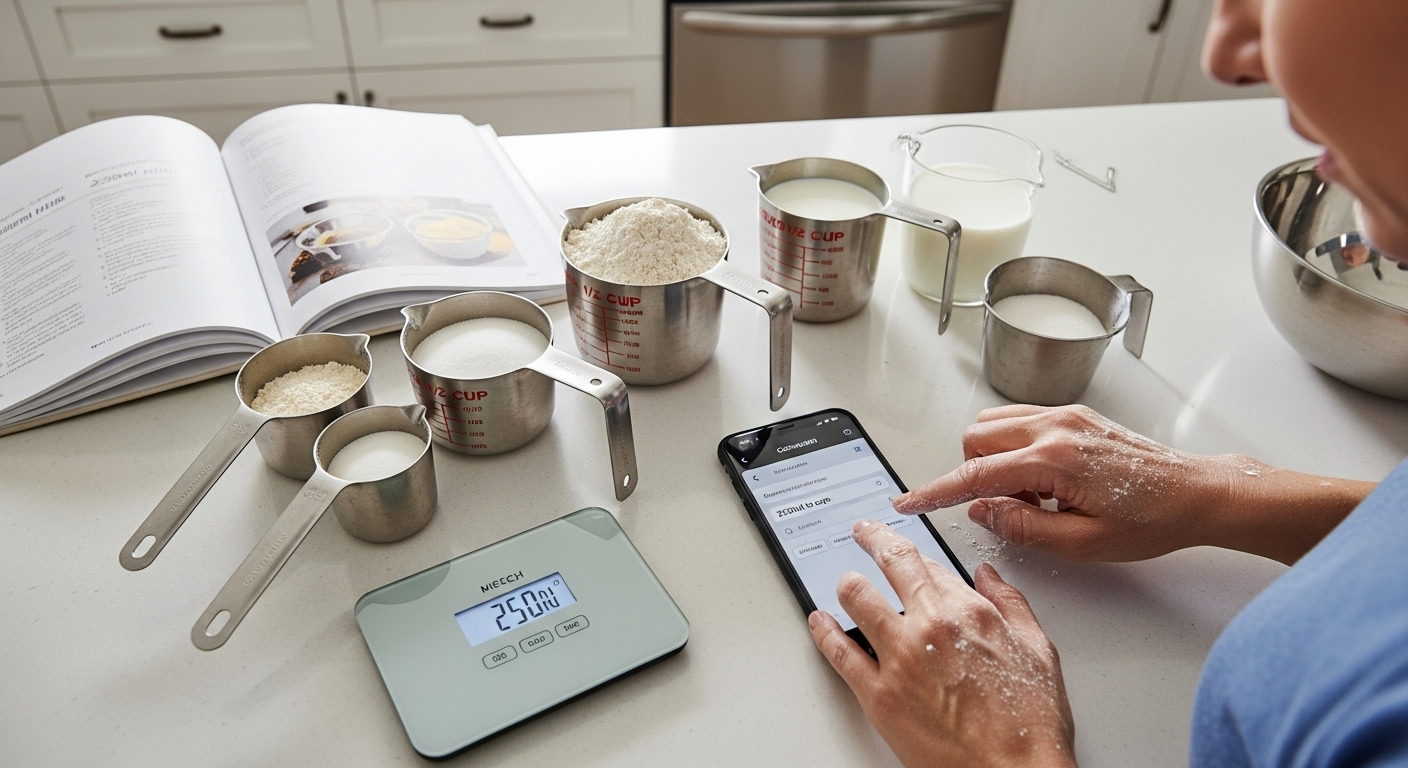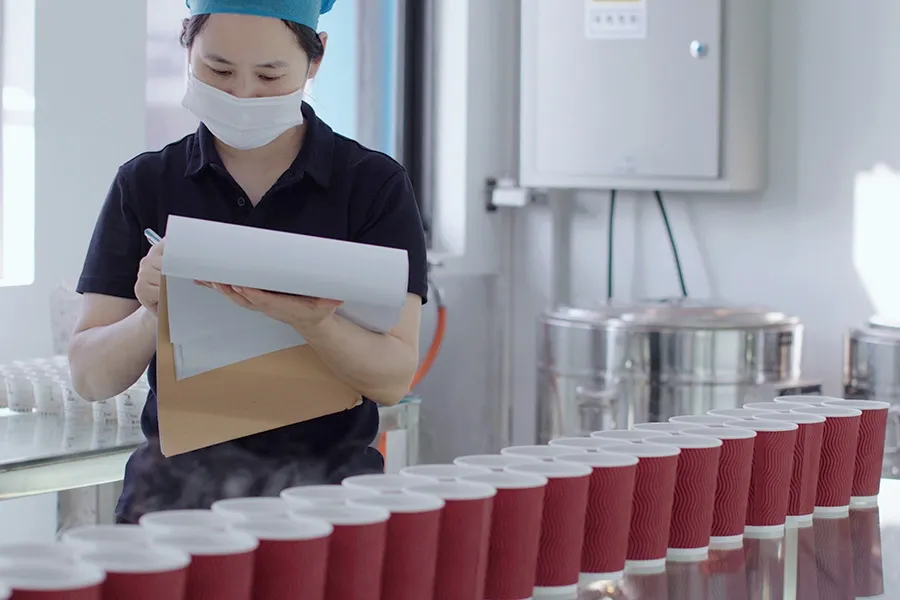Biodegradable and compostable plastics are becoming increasingly popular due to their environmentally friendly properties. These materials break down naturally, reducing the amount of waste that ends up in landfills and reducing the need for fossil fuel-based materials. In recent years, the biodegradable and compostable plastics market has grown rapidly, and it is expected to continue to do so in the coming years.
This article will explore the trends in the biodegradable and compostable plastics market, with a particular focus on corn starch tableware and sugarcane bagasse tableware.
Biodegradable and Compostable Plastics Market Overview
The global biodegradable plastics market was valued at $3.02 billion in 2020 and is expected to grow to $6.12 billion by 2026, with a compound annual growth rate (CAGR) of 11.5% during the forecast period. The market is being driven by a number of factors, including increased awareness of environmental issues, stricter regulations on plastic waste, and growing demand from end-use industries such as packaging and agriculture.
The compostable plastics market, which includes both biodegradable plastics and other materials that break down naturally, was valued at $1.43 billion in 2020 and is expected to grow to $3.40 billion by 2027, with a CAGR of 13.2%. The market is being driven by similar factors to the biodegradable plastics market, as well as increased interest in sustainable and circular economy practices.

Corn Starch Tableware
Corn starch tableware is a type of biodegradable plastic made from corn starch, a renewable resource. It is an environmentally friendly alternative to traditional plastic tableware, which is often made from non-renewable fossil fuels and can take hundreds of years to break down in landfills. Corn starch tableware is compostable, meaning that it can be broken down into natural materials by microorganisms in soil or compost, leaving behind no harmful residues.
Corn starch tableware has become increasingly popular in recent years, especially in the food service industry. It is lightweight, durable, and can be used for a variety of applications, including plates, bowls, cups, and cutlery. It is also microwave and freezer safe, making it a versatile choice for food packaging.

One of the key drivers of the corn starch tableware market is increasing awareness of environmental issues and the need to reduce plastic waste. Consumers are becoming more conscious of the impact that their choices have on the environment, and are looking for alternatives to traditional plastic products. In addition, governments around the world are implementing regulations and policies to reduce plastic waste, which is driving demand for sustainable alternatives.

Sugarcane Bagasse Tableware
Sugarcane bagasse tableware is another type of biodegradable plastic, made from the fibrous residue that remains after sugarcane stalks are crushed to extract their juice. Like corn starch tableware, it is compostable and can be broken down into natural materials by microorganisms in soil or compost. It is also a renewable resource, as sugarcane is grown in large quantities around the world.
Sugarcane bagasse tableware has become popular in recent years due to its sustainability and durability. It is strong, lightweight, and can be used for a variety of applications, including plates, bowls, and containers. It is also microwave and freezer safe, making it a versatile choice for food packaging.

One of the key drivers of the sugarcane bagasse tableware market is increasing awareness of environmental issues and the need to reduce plastic waste. Like corn starch tableware, sugarcane bagasse tableware is seen as a more sustainable alternative to traditional plastic products. In addition, sugarcane bagasse tableware is often less expensive than other biodegradable plastics, making it an attractive option for businesses and consumers alike.
Trends in the Biodegradable/Compostable Plastics Market
- Increasing Demand from Food Packaging Industry
The food packaging industry is one of the key end-use industries for biodegradable and compostable plastics. As consumers become more environmentally conscious, there is a growing demand for sustainable packaging options for food and beverages. Biodegradable and compostable plastics offer a viable alternative to traditional plastics, which can take hundreds of years to decompose and contribute to environmental pollution.
Corn starch tableware and sugarcane bagasse tableware are both popular choices for food packaging due to their biodegradability, durability, and versatility. They can be used for a variety of food products, including hot and cold beverages, snacks, and meals. In addition, they are microwave and freezer safe, making them a convenient choice for consumers.
- Growing Demand for Sustainable Products
Consumers are becoming more aware of the impact of their choices on the environment and are looking for sustainable products that reduce waste and minimize environmental harm. Biodegradable and compostable plastics are seen as a more sustainable alternative to traditional plastics, as they break down naturally and do not contribute to environmental pollution.
Corn starch tableware and sugarcane bagasse tableware are both eco-friendly options that are growing in popularity. They are made from renewable resources, and they can be composted, reducing the amount of waste that ends up in landfills. As consumers become more environmentally conscious, demand for sustainable products is expected to increase.

- Stringent Regulations and Policies
Governments around the world are implementing regulations and policies to reduce plastic waste and promote sustainable practices. For example, the European Union has implemented a ban on single-use plastics, including plastic cutlery, plates, and straws. This is expected to drive demand for biodegradable and compostable plastics as an alternative to traditional plastics.
In addition, many countries have implemented policies to encourage the use of renewable resources and reduce greenhouse gas emissions. Biodegradable and compostable plastics are seen as a more sustainable alternative to traditional plastics, and they can help businesses and consumers meet these regulatory requirements.
- Technological Advancements
As the biodegradable and compostable plastics market grows, there are increasing efforts to develop new and innovative materials that are more durable, versatile, and eco-friendly. For example, researchers are exploring the use of algae-based bioplastics, which are renewable, biodegradable, and have a lower carbon footprint than traditional plastics.
In addition, there are efforts to develop biodegradable plastics that can break down more quickly and efficiently. This could help reduce the amount of waste that ends up in landfills and contribute to a more sustainable future.

Conclusion
The biodegradable and compostable plastics market is growing rapidly, driven by increasing awareness of environmental issues, stricter regulations on plastic waste, and growing demand from end-use industries such as packaging and agriculture. Corn starch tableware and sugarcane bagasse tableware are both popular options due to their biodegradability, durability, and versatility.
As consumers become more environmentally conscious, demand for sustainable products is expected to increase, driving growth in the biodegradable and compostable plastics market. With ongoing technological advancements and increasing regulatory support, the future of this market looks bright, and it is expected to continue to grow in the coming years.






